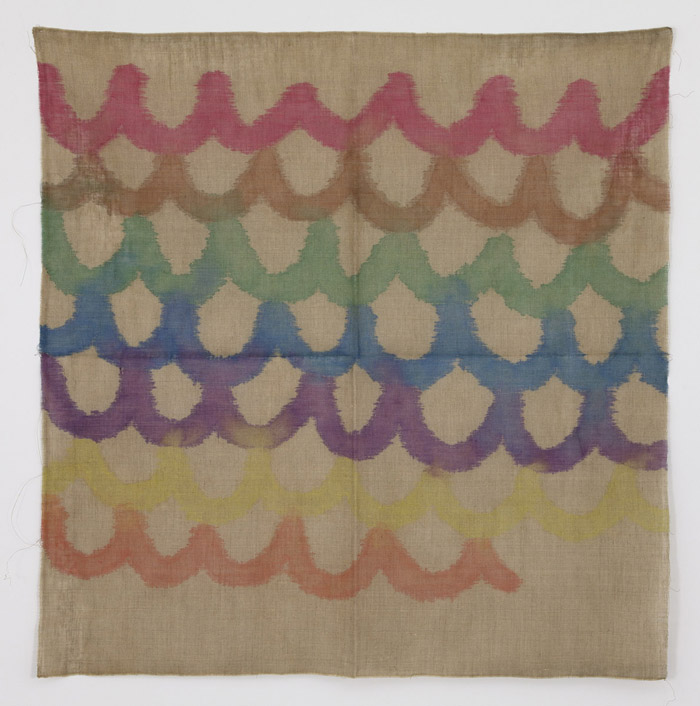Casey Kaplan

![]()
ART IN REVIEW
Giorgio Griffa: ‘Fragments, 1968-2012’
February 7, 2013
By Roberta Smith
The floods of Hurricane Sandy interrupted an exhibition at Casey Kaplan’s gallery that was close to his heart: the Italian painter Giorgio Griffa’s first New York gallery show since his debut in 1970. Like most of Chelsea, it’s now up and running. It could hardly be timelier in bringing to light the work of an artist who reduces painting to its basics.
Giorgio Griffa’s “Festone.”CreditJean Vong, Courtesy of the artist and Casey Kaplan
Like many younger artists, Mr. Griffa seems to test how little it takes for something to qualify as a painting. For decades he has used raw unstretched canvas of different textures and tones in a way that emphasizes portability. The paintings are simply folded up when not on view, which invariably makes the grid of fold lines part of the motif. To these surfaces he applies unruled lines and strokes that sometimes accumulate into shapes but often simply repeat for a while and then stop — as if in midsentence.
The short fat strokes of “Segni orizzontali” (1975) march edge to edge across the top of the canvas in pinks and blues, for only four rows, halting halfway through the fifth row. Other paintings consist of thin wobbly lines of color also drawn edge to edge, like an Agnes Martin version of one of Kenneth Noland’s stripe paintings. There are funny details: Of the three zigzag lines in the 1970 “Linea spezzata,” the middle one seems to carefully jump the fold, belying the work’s apparent nonchalance. In the 1969 “Macchie,” a swarm of pink dots scribbled with black pastel have left ghosts on the lower, bare portion of the canvas because of folding.
Mr. Griffa’s early efforts especially take advantage of the eye’s reflexive tendency to read marks on flat surfaces as pictorial but repay the effort with a natural touch, a playfulness that has its own kind poetry and a determination that beauty and deconstruction are not strange bedfellows. His art deserves a place in the global history of abstraction.